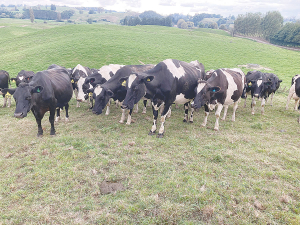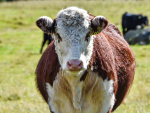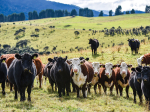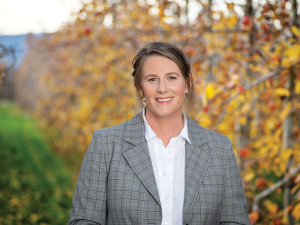Dairy nutrition is about understanding the nutrient requirements of dairy cows at various stages of lactation and combining various feed alternatives to meet those needs in a cost-effective manner.
The six major components of feed: water, carbohydrate, protein, fat, vitamins, and minerals supply the animal with the water and nutrients needed for maintenance, milk production, reproduction, condition gain, activity, and growth.
Nutrition is monitored by body condition score information. Managing body condition score is all about managing your herd’s nutrition and lactation programme. Condition scoring at critical times throughout the year lets you know if you need to consider changing herd nutrition or shortening lactation of some cows.
Effective management of body condition over the whole season improves herd reproductive performance, cow health and milksolids production.
Body condition scoring (BCS) is the assessment of the amount of fat covering the bones of a dairy cow, regardless of her body size. It involves assessing the amount of fat covering specific locations on the cow, such as around the head of the tail and over the backbone, to determine how thin or fat the animal is.
A cow’s BCS provides a reasonably accurate measure of her energy reserves, and BCS targets at key stages of lactation have been identified to optimise dairy production systems. These targets are based on research studies undertaken in New Zealand and internationally over the last 30 years.
Achieving target BCS at key critical times of the year is important to optimise milk production, reproduction, cow health and welfare.
Although there are significant physical differences between the common New Zealand dairy breeds, the same guidelines for BCS assessment can be applied to all breeds.
What can we use BCS for?
Managing body condition score is all about managing the herd’s nutrition and lactation programme.
Condition scoring at critical times throughout the year lets farmers know if they need to consider changing herd nutrition or shortening lactation of some cows.
Condition scoring information contributes to key decisions, such as:
Determining future feed requirement (and feedback on historical strategy)
Determining which cows to dry-off and when
Explaining reproductive performance (condition at mating or BCS lost post-calving)
Once there is a system in place to measure body condition, then feed budgets, milking frequency and drying-off plans can be developed to achieve body condition targets while milksolids production targets are also met.
When to BCS the herd
Regular condition scoring allows farmers to monitor nutritional trends and provide sufficient warning to take action. The most important time to body condition score cows is during summer and autumn. This allows individual groups of cows to be managed differently to ensure BCS targets at calving are met.
• Article supplied by WelFarm Ltd











